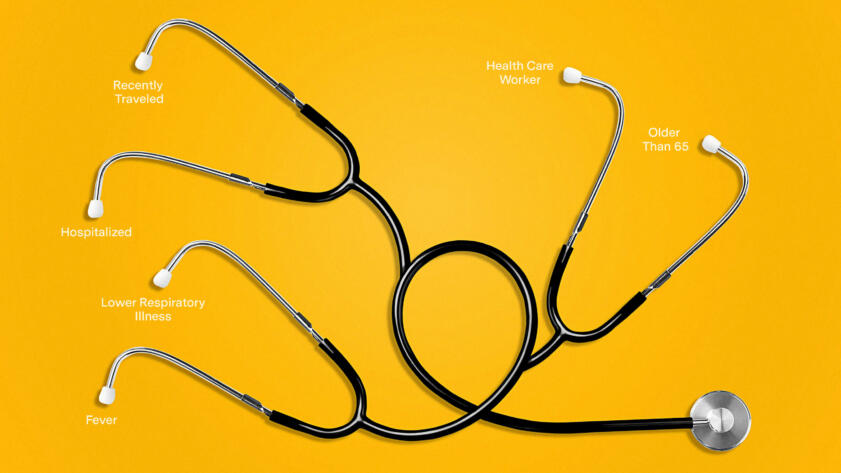To determine how testing protocols for COVID-19 vary across the United States, we sent requests under public records laws to all 50 states, New York City, and Washington, D.C. The requests were sent to health departments the week of March 16 and were identical. The database below contains responses we have received, as well as publicly available guidance from some jurisdictions.
View our work
We categorized the responses by the most common ways states chose to prioritize testing. Many states note specific symptomatic requirements, like fever and respiratory problems. Occupation is also mentioned in many guidance documents, with priority often given to health care workers and first responders. Several states also prioritize certain vulnerable populations for testing, such as the elderly and residents of prisons and homeless shelters. Links to the complete documents are included in the tables and also available on DocumentCloud.
The documents largely provide insight into government-operated testing. Privately run testing entities aren’t necessarily bound by the same criteria.
Guidance for testing has been shifting as the coronavirus spreads. As more people are infected, and available testing resources evolve, states have and may continue to alter their guidance. This information is complete as of June 18, 2020. We will continue updating our data as we receive responses to our requests.




